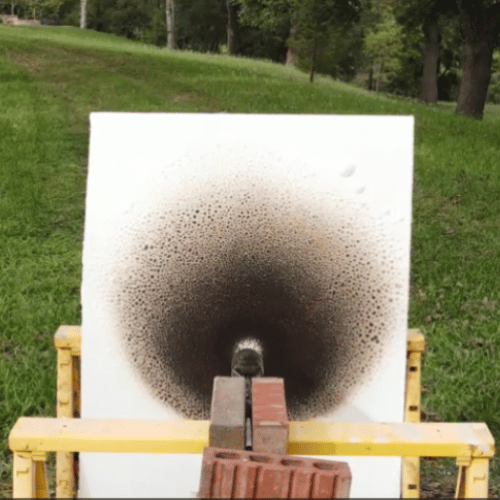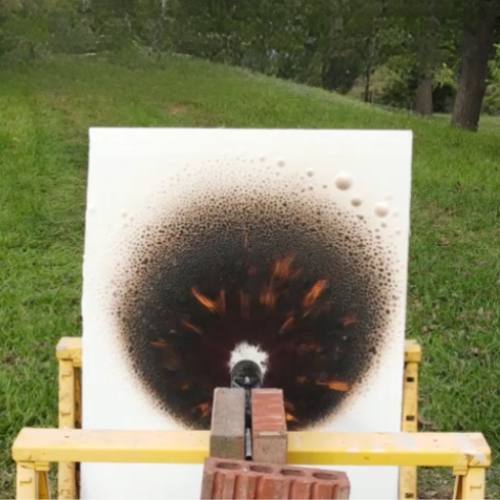REVOLUTIONIZING THERMAL EFFICIENCY
IN THE BUILT ENVIRONMENT
NanoTech Materials, Inc. has revolutionized the science of heat control by integrating its novel Insulative Ceramic Particle (ICP)™ into common building materials, coatings, and substrates, giving them uncommon heat conservation, rejection, or containment properties.
Breakthrough Solutions
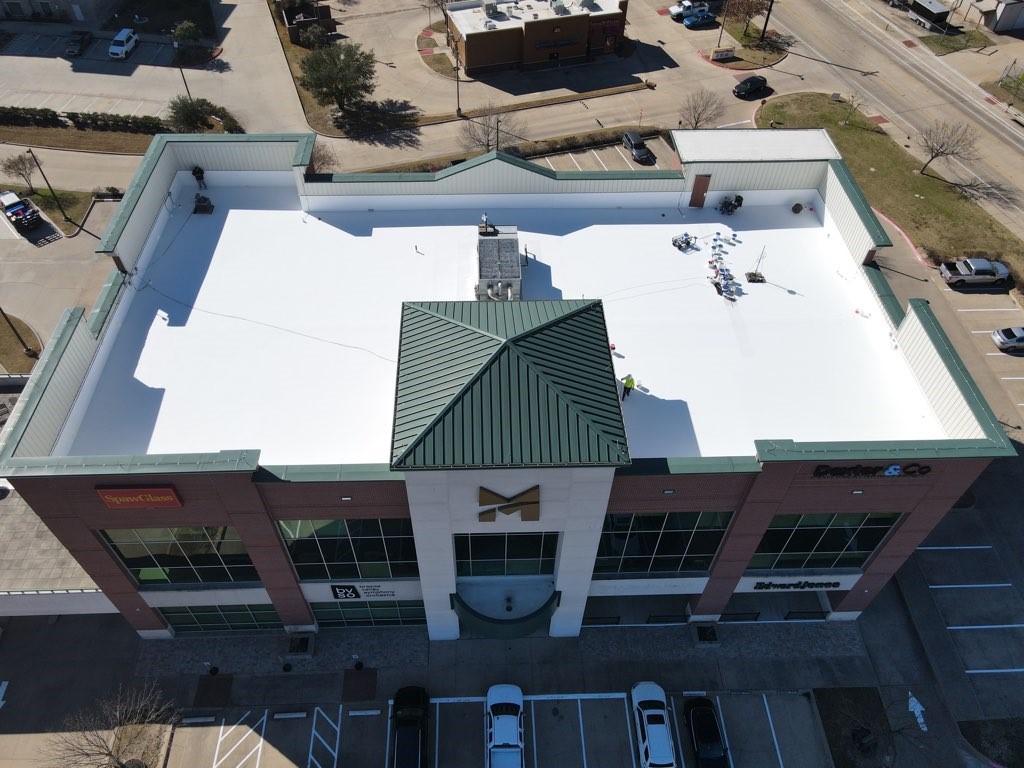
Cool Roof Coating
NanoTech Cool Roof Coat is applied directly over the existing roof surface to deliver unprecedented heat rejection, durability, and a 10-year rolling warranty.
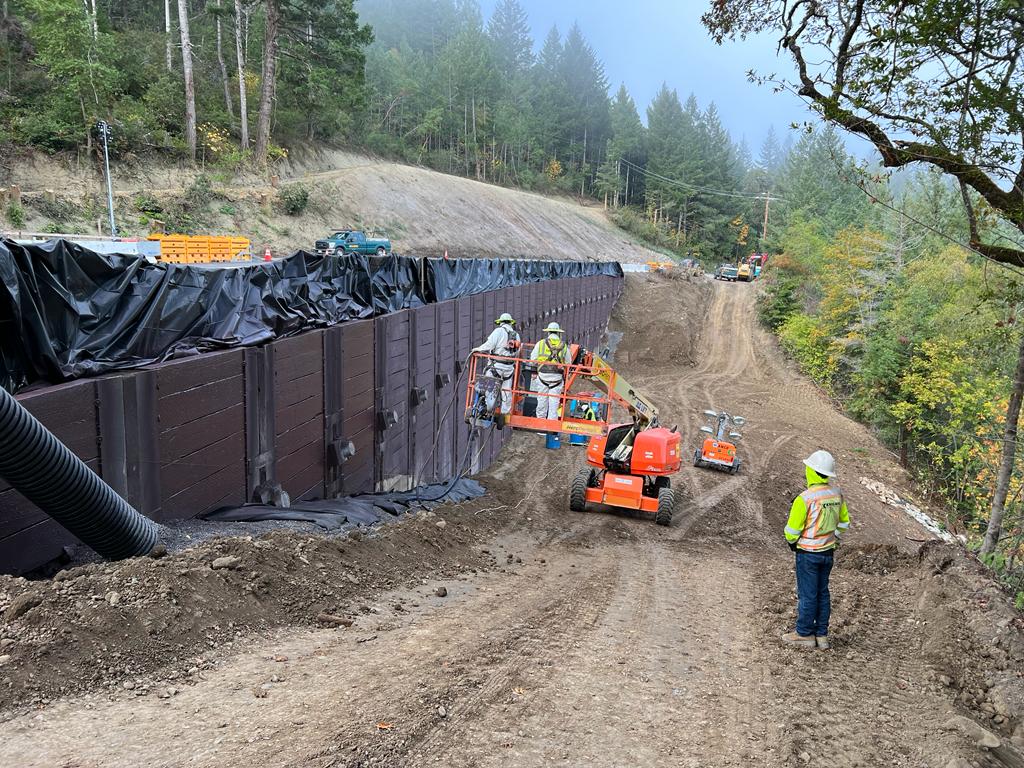
Fireproof Coating
NanoTech Fireproof Coat delivers asset protection in an easy-to-apply coating that is fire resistant up to 3,272°F, ensuring safety without extensive renovations, dangerous VOCs, thick coatings, or compromised aesthetics.
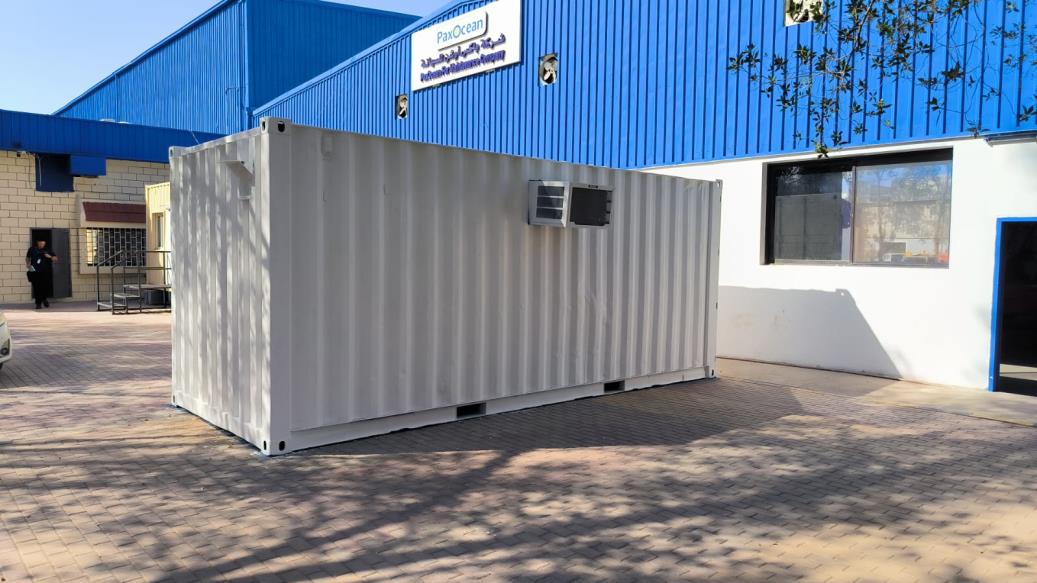
Insulating Coating
NanoTech Thermal Insulating Coat brings energy conservation to existing structures with powerful insulation, keeping heat out or in, as needed.

Custom Forumulation
The NanoTech Insulative Ceramic Particle (ICP)™ revolutionizes thermal management through exceptionally low thermal conductivity using innovative composite ceramic technology that effectively stops heat transfer.
ABOUT US
01
Our Mission
NanoTech Materials, Inc. is focused on becoming the leading provider of climate-resilient materials by establishing itself as the top innovator and provider of advanced, environmentally adaptive materials wherever conserving, rejecting, or containing heat improves the human condition.
02
Our Approach
NanoTech integrates novel heat-control technology with thermal insulation, fireproofing, and cool roof coatings to drastically improve efficiency, safety, and comfort in the built environment.
03
What We Do
At NanoTech, we use our Insulative Ceramic Particle (ICP)™ to impart uncommon heat-control properties to common products. Integrating the NanoTech ICP with building materials, coatings, and substrates gives them unprecedented heat conservation, rejection, or containment properties. From cutting-edge coatings that deliver unparalleled thermal insulation, powerful fireproofing, and durable cool roof action, NanoTech unlocks value wherever conserving, rejecting, or containing heat improves the human condition.
FIND YOUR SOLUTION
How It Works
The Insulative Ceramic Particle™ stops the heat from transferring through the thickness of the coating. The ICP™ has a very low thermal conductivity ensuring heat is stopped. Emissivity is important for controlling and managing the heat that a material absorbs and releases. Some of our coatings have a perfect emissivity. Learn More About Emissivity
Cool Roof Coat
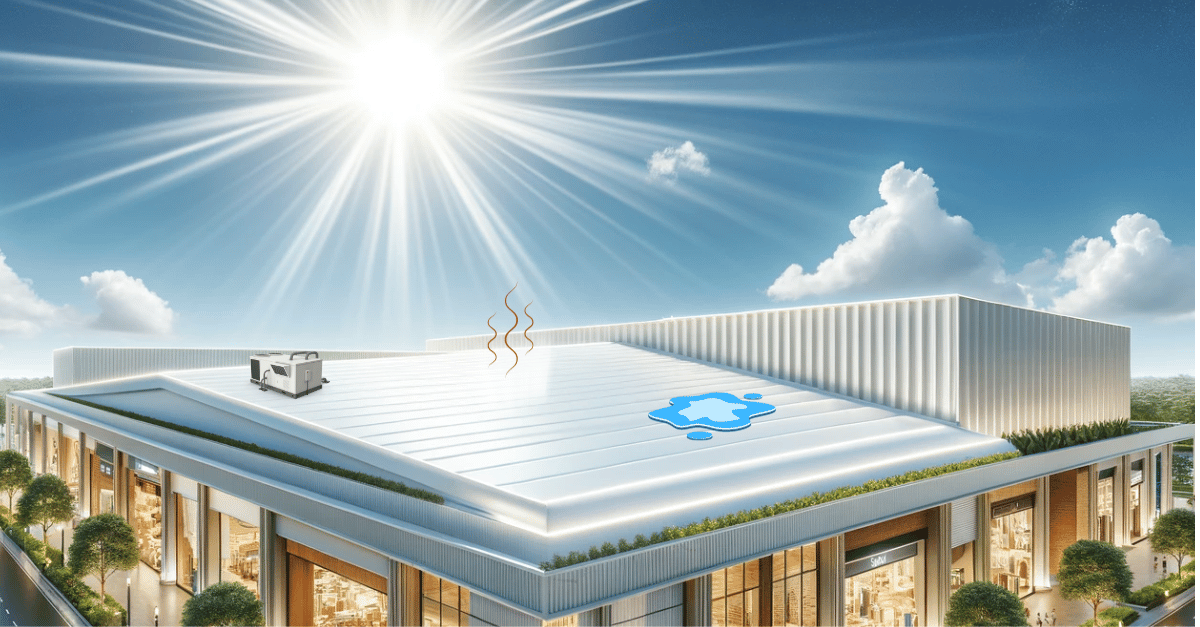
Reduce HVAC
Substantially Lower Your HVAC Use Which Reduces Energy Consumption and CO2 Emissions
High SRI
A high SRI (Solar Reflectance Index) score for roof coatings indicates superior reflectivity and thermal emittance, meaning the coating effectively reflects solar radiation and emits absorbed heat.
Waterproofing
Certified By Miami Dade and ICC to Withstand the Harshes Condition
Heat Resistance
The integration of an insulating ceramic in roof coatings that reduces thermal conductivity represents a significant advancement, offering a step change in thermal management. This innovative approach enhances the roof's insulation properties, drastically minimizing heat transfer into the building and thereby setting a new standard in roof coating performance.
Waterproof and Remediate
NanoTech Cool Roof Coat is a Miami-Dade County certified roof replacement alternative that offers durable remediation with a rolling 10-year warranty with lasting protection and performance.
Lower Energy Bills + Plus Reduce Carbon Footprint
For the top side of the built environment, and the roof restoration industry in particular, NanoTech Cool Roof Coat delivers a step-function decrease in the amount of heat that gets past the roof system, producing an equally drastic reduction in the energy, cost, and carbon emissions associated with HVAC cooling. With about 40% of the total energy consumption in the US attributed to buildings, a large fraction of which can be attributed to heating and cooling, NanoTech not only reduces operational costs but also plays a vital role in decreasing CO2 emissions. As such, NanoTech is positioned as the leader at the intersection of high-impact sustainability, simplicity, and unprecedented value in sustainable building solutions.
Going Beyond High SRI
With a Solar Reflectance Index (SRI) of 104, NanoTech Cool Roof Coat redefines building heat-rejection by adding unusually low conductivity to already high emissivity and reflectivity to keep rooftop heat out. As latent heat transfer, time, and dirt accumulation degrade the effectiveness of conventional cool roof products, NanoTech Cool Roof Coat keeps rejecting heat, especially as ambient temperature rises. This level of heat rejection is only possible because of the action of the NanoTech Insulative Ceramic Particle (ICP), which reduces roof heat transfer by up to 80% with a simple, two-coat application.
10-Year Rolling Warranty
NanoTech provides peace of mind with a rolling 10-year warranty on its roof coating, ensuring continuous quality and performance assurance. If you roof needs replacement and is out of warranty – we will coat on top of your existing roof and provide a 10 year warranty.
Nationwide Installer Network
NanoTech boasts a nation-wide distribution network, selecting only the highest quality suppliers to ensure our products are accessible across the country. Our commitment to excellence extends to our choice of applicators, guaranteeing top-tier application and service wherever our products are used. In order to receive the rolling 10 year warranty, the NanoTech roof coat must be applied by our certified installers.
Fireproof Coating
Technology Comparison
Insulative Coatings
NanoTech’s insulative coatings function through a combination of high emissivity (the ability to radiate absorbed heat), exceptional reflectivity (reflecting solar heat away), and low thermal conductivity (reducing heat transfer). This synergistic approach ensures maximum thermal efficiency, keeping spaces cooler while minimizing energy usage.
Bus, RV, and Truck
Insulative Barrier
Designed to enhance fuel efficiency by keeping interiors cooler, thereby reducing the need for air conditioning. This innovative coating ensures a more comfortable journey for passengers by maintaining a consistent internal temperature. Additionally, when applied to truck bodies, it acts as a thermal barrier improving worker comfort.
Shipping Container
Insulative Coating
Insulates modified shipping containers into thermally efficient spaces, preserving interior temperatures to reduce the energy required for climate control. It's important to maintain comfort in container-based housing or offices, enhancing livability and workability. For containers used transport, it ensures that goods remain within optimal temperature ranges.
Cement Truck
Insulative Barrier
NanoTech's coating for cement trucks ensures cement stays soft en route, diminishing the reliance on ice and streamlining delivery. Its thermal management promotes ready-to-pour cement, optimizing construction efficiency.


